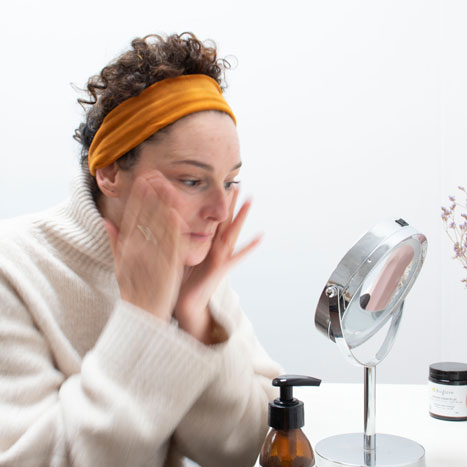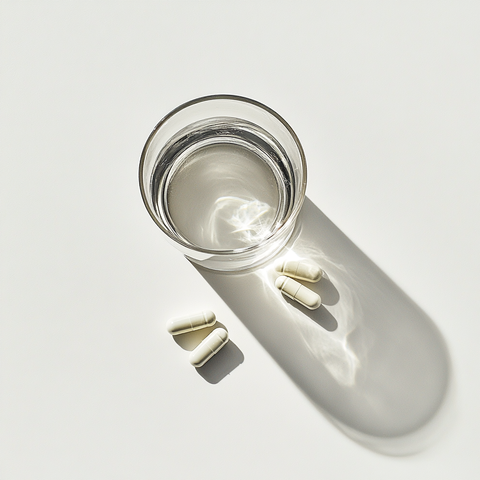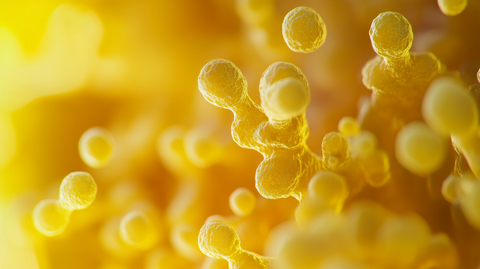Taking care of your skin is an essential routine for maintaining healthy, radiant skin that's protected against external aggressions. However, with the multitude of products available on the market and the wealth of information circulating on this subject, it can sometimes be difficult to know where to start and what the truly essential steps are for establishing an effective skincare routine. In this article, we'll detail the essential steps of skincare and explain how to optimize each step to achieve visible and lasting results.
Why adopt a skincare routine?
Before delving into the details of the individual steps, it's important to understand why it's crucial to follow a skincare routine tailored to your skin type. Your skin is exposed daily to external aggressors such as pollution, UV rays, and wind, which can damage it and accelerate its aging process. A well-structured skincare routine helps cleanse, protect, nourish, and repair your skin, keeping it healthy and radiant.
Additionally, depending on your skin type (dry, oily, combination, sensitive, atopic, etc.), needs differ and products should be selected accordingly. A good skincare routine is not just a matter of beauty, but also of health, as it prevents skin problems such as acne, premature wrinkles, or even irritation.
1. Cleaning: a crucial step
Cleansing is the first, and arguably one of the most important, steps in a skincare routine. It removes impurities, makeup residue, sebum, and pollution particles accumulated throughout the day.
Why is it important to cleanse your skin?
Cleansing prepares the skin for subsequent treatments. Without proper cleansing, pores can become clogged, leading to blemishes, blackheads, or even inflammation. Additionally, poorly cleansed skin has a poor absorption rate for the active ingredients in creams and serums applied subsequently.
How to choose your cleanser?
The choice of cleanser depends on your skin type. Dry or sensitive skin will prefer gentle and moisturizing cleansers, such as cleansing milks or cleansing oils, which won't damage the skin barrier. Oily or combination skin will benefit from cleansing foams or gels that regulate excess sebum without drying the skin.
If you have sensitive or dry skin, you can also use products like Marine Collagen – Anti-Aging Formula which helps strengthen the skin barrier, while providing deep hydration.
2. Exfoliation : for smooth and luminous skin
Exfoliation involves removing dead skin cells that build up on the skin's surface, making the complexion dull and pores clogged. This step is crucial for allowing the skin to regenerate and stimulating the production of new skin cells.
How often should I exfoliate?
Exfoliation should be done in moderation. Once or twice a week is sufficient for most skin types. Over-exfoliation can irritate the skin, cause redness, or damage the skin barrier.
What types of exfoliants should you choose?
There are two main types of exfoliants:
-
Mechanical exfoliants : These are scrubs containing exfoliating particles that remove dead skin cells through friction. They are suitable for normal and combination skin, but it is important to choose gentle particles to avoid irritating the skin.
-
Chemical exfoliants : These use acids (such as salicylic acid or glycolic acid) to dissolve dead skin cells without rubbing. These exfoliants are ideal for sensitive or blemish-prone skin because they are less harsh.

3. Applying the tonic: to rebalance the skin's pH
After cleansing and exfoliating, using a toner helps restore the skin's natural pH, which is often disrupted by tap water or cleansers. A toner also helps refresh the skin and tighten pores.
What are the benefits for the skin?
Toning prepares your skin to better absorb the moisturizers and treatments you apply next. Additionally, some toners contain moisturizing, soothing, or purifying active ingredients that can improve your skin's overall condition.
4. The serum: a concentrate of active ingredients
Serum is one of the most important steps in treating specific skin concerns. It contains a high concentration of active ingredients (such as hyaluronic acid, vitamin C, peptides, etc.) and penetrates deeper into the skin than moisturizers.
Why use a serum?
A serum can target specific concerns, such as hydration, signs of aging, imperfections, or dullness. Depending on your needs, you can choose a hydrating, anti-aging, or purifying serum. For example, if you're looking to improve your skin's elasticity and prevent wrinkles, Marine Collagen - Anti-Aging Formula rich in hyaluronic acid and collagen is an excellent choice.
How to apply it?
Serum is generally applied to clean, slightly damp skin before moisturizer. Just a few drops are enough to gently massage in.
5. Hydration: essential for all skin types
Moisturizing is crucial, no matter your skin type. Even oily or combination skin needs hydration to regulate sebum production. Moisturizer helps seal moisture into the skin and restore the skin barrier.
Which cream should I choose?
Choosing your moisturizer depends on your skin type and specific needs:
- Dry skin : Choose a rich, nourishing cream containing ingredients like shea butter, sweet almond oil, or ceramides.
- Oily or combination skin : Choose light textures, such as moisturizing gels or non-comedogenic creams, which hydrate without clogging pores.
- Sensitive skin : Choose gentle, fragrance-free formulas with soothing active ingredients like aloe or chamomile.
6. The eye area: a sensitive area
The skin around the eyes is thinner and more fragile than the rest of the face, making it more susceptible to signs of aging, such as wrinkles, dark circles, and puffiness. Applying specific eye care is therefore essential to protect this delicate area.
Which ingredients should you favor?
Eye creams containing peptides, retinol, or caffeine are ideal for reducing puffiness, dark circles, and fine lines. Additionally, products containing hyaluronic acid can help plump up the thin skin in this area.
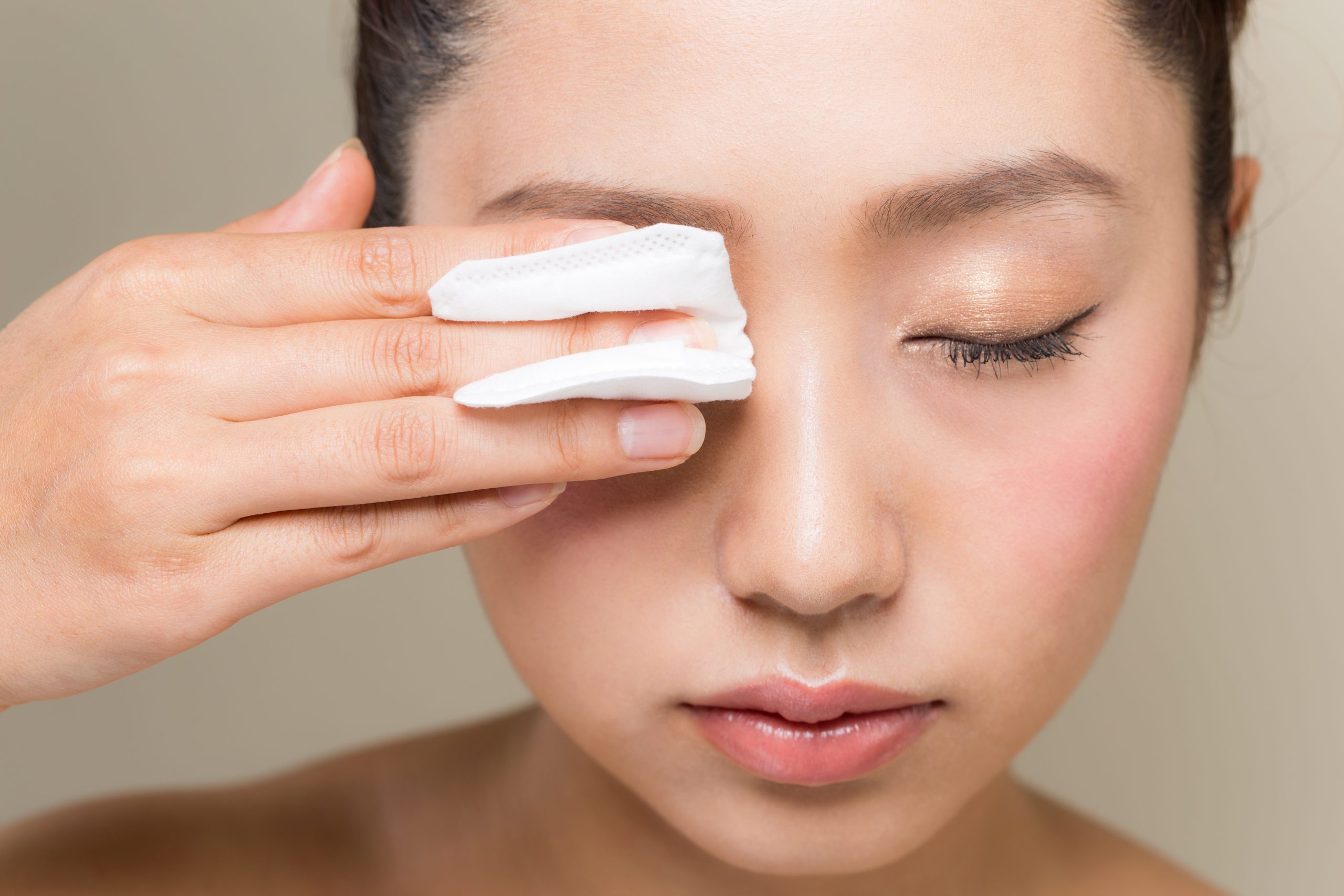
7. Sun protection: essential for preserving the youthfulness of the skin
No matter the season, applying sunscreen is an essential step in any skincare routine. UV rays are a leading cause of premature skin aging and skin problems, such as dark spots and skin cancer.
Why is it important to use sunscreen daily?
UV rays can penetrate clouds and even windows, meaning your skin is constantly exposed, even in winter or on cloudy days. Daily use of a broad-spectrum sunscreen with an SPF of at least 30 is crucial to protecting your skin from long-term damage.
8. Masks: a complementary treatment
Using face masks is a great way to give your skin an intensive treatment once or twice a week. Depending on your needs, you can choose hydrating, purifying, soothing, or radiant masks.
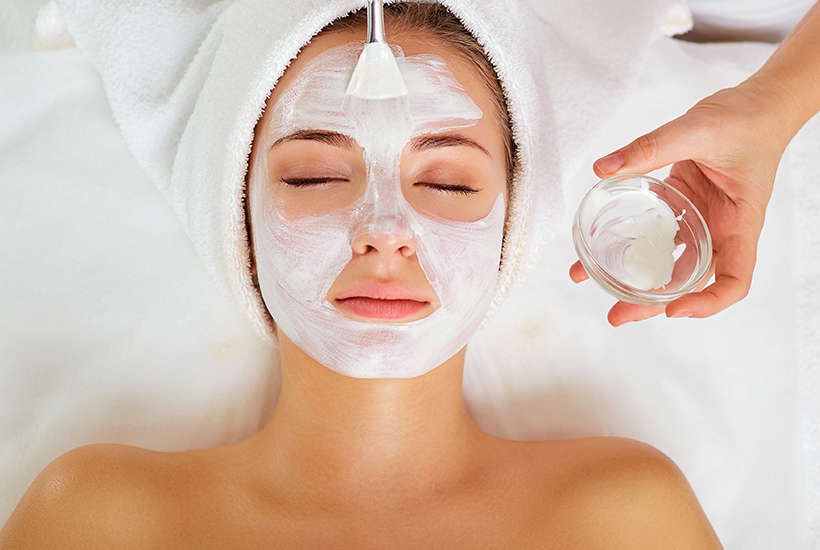
Why integrate masks into your routine?
Masks can address specific concerns, whether it's intensely nourishing dry skin or removing excess oil from oily skin. They enhance the other steps in your routine and provide an extra touch of care.


